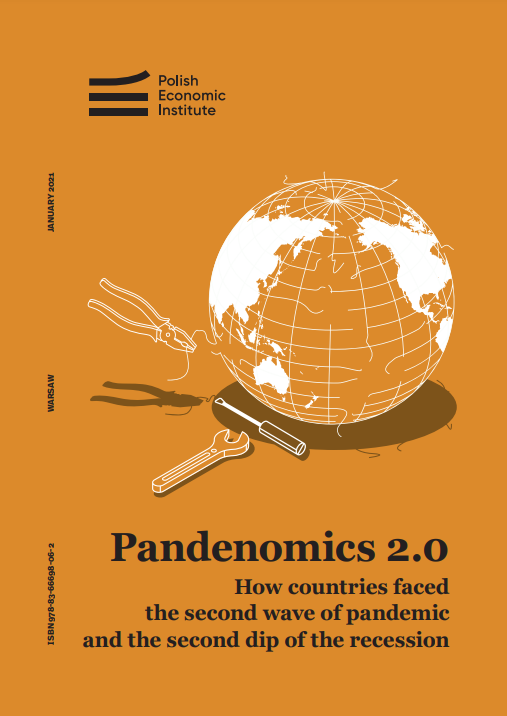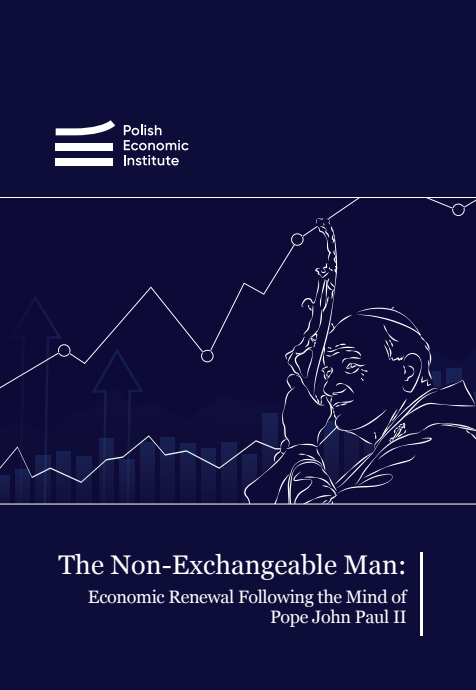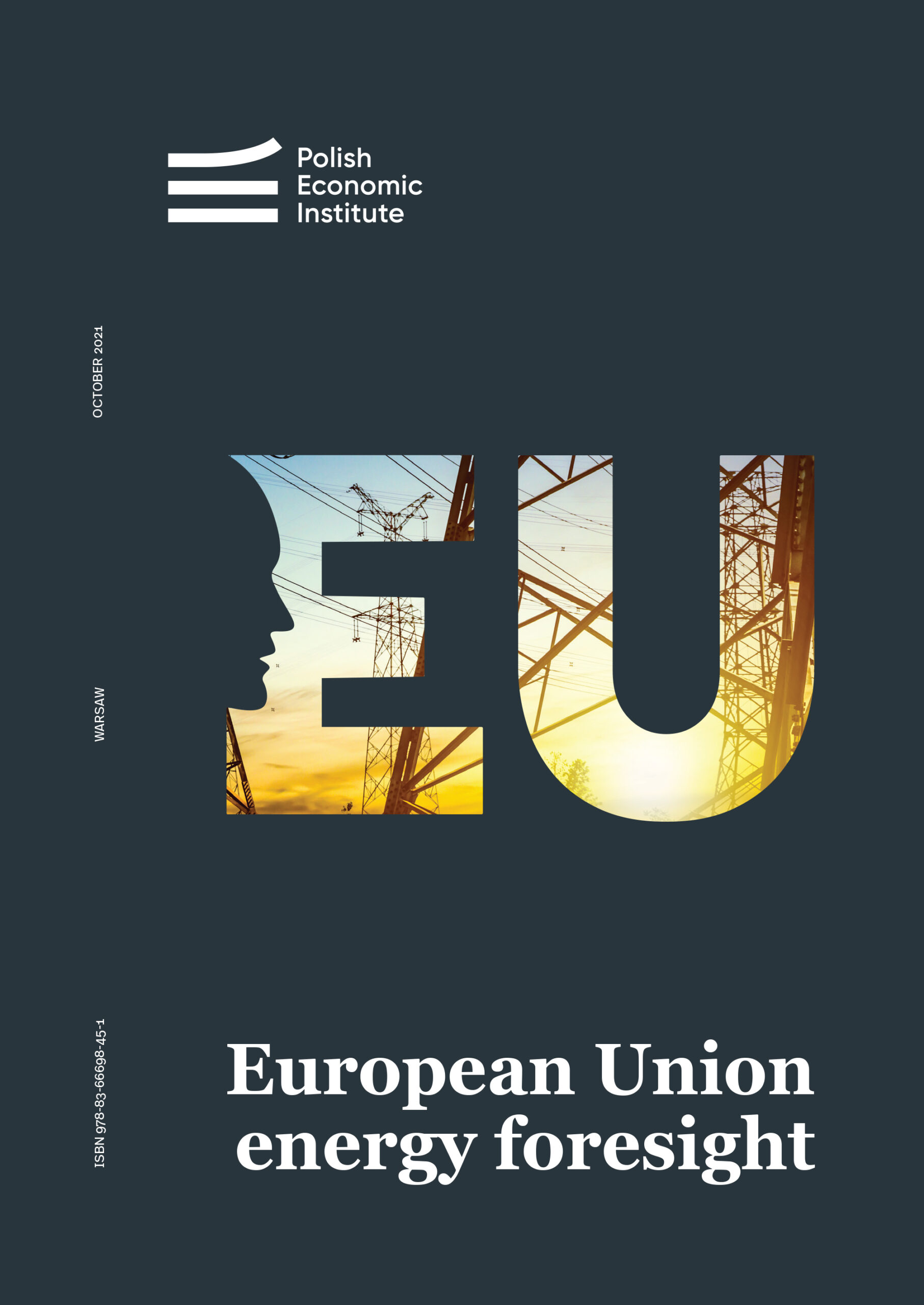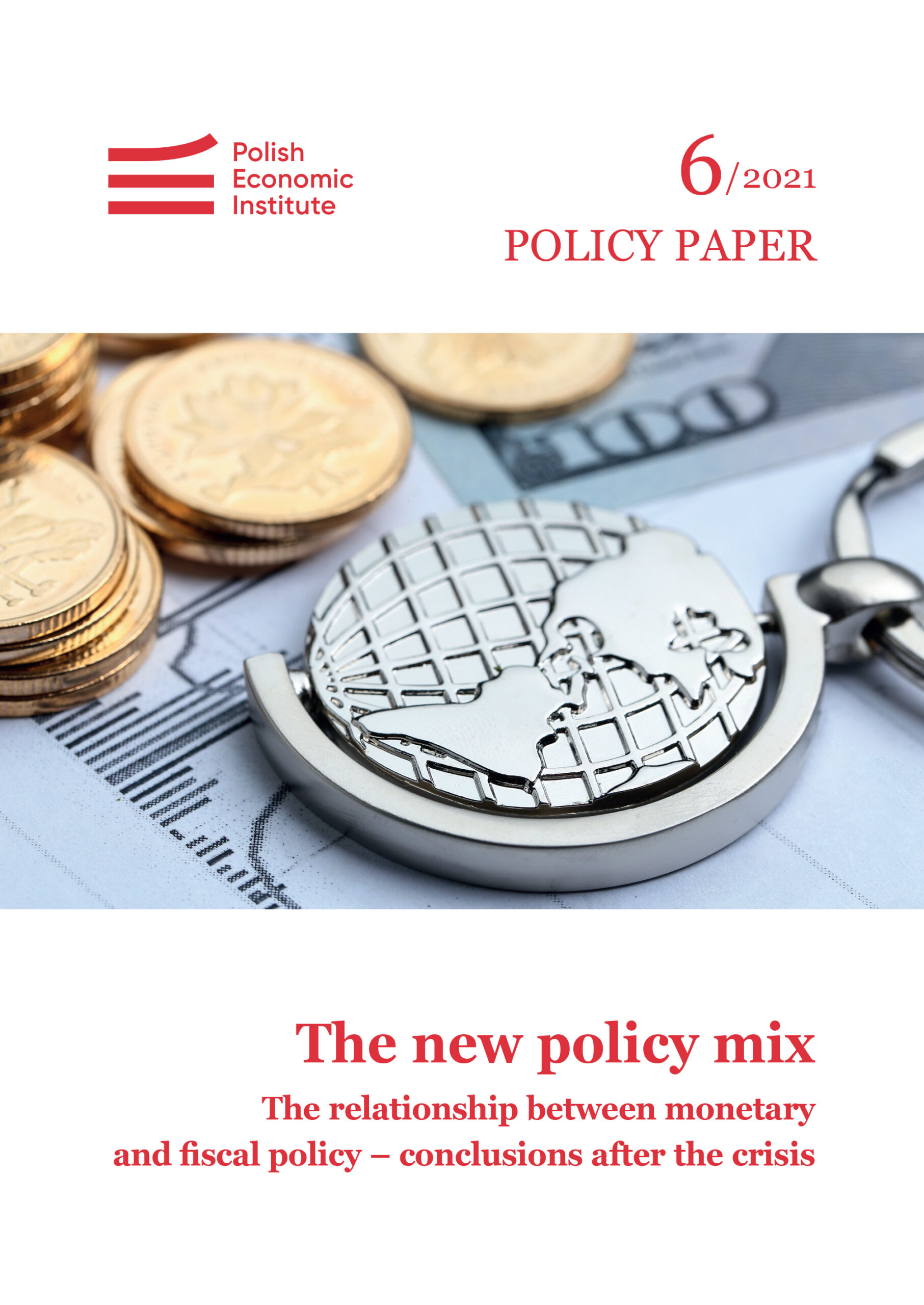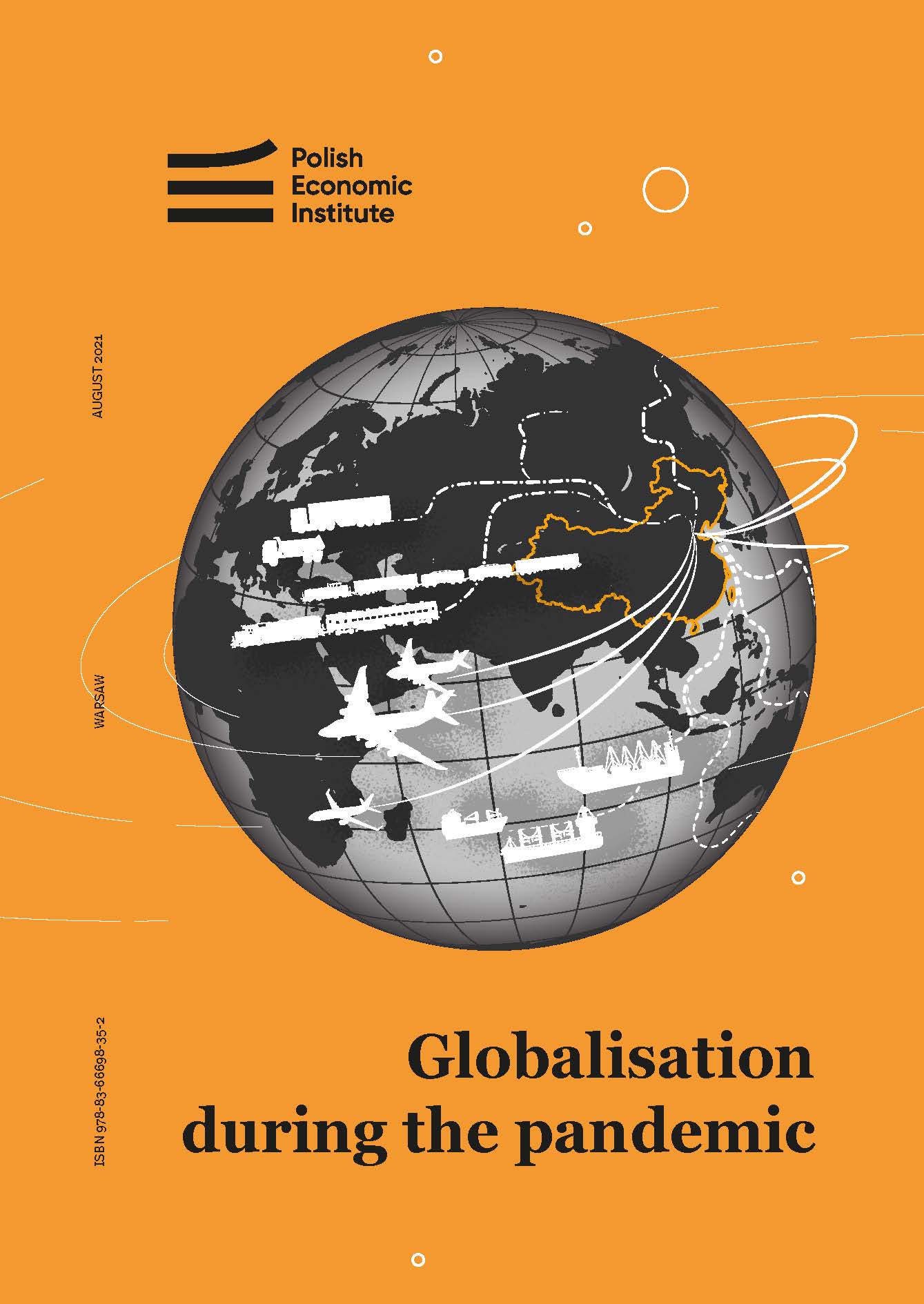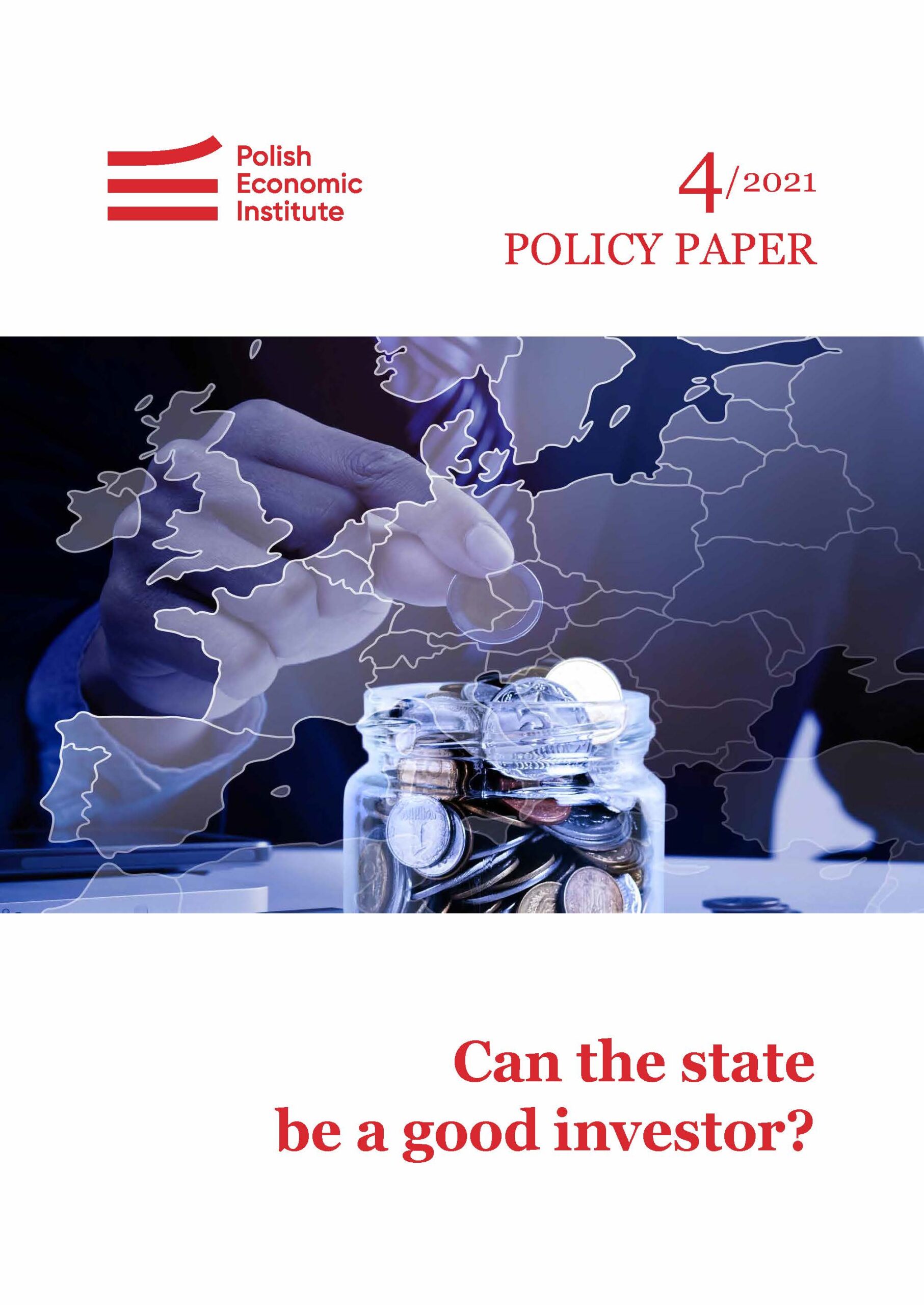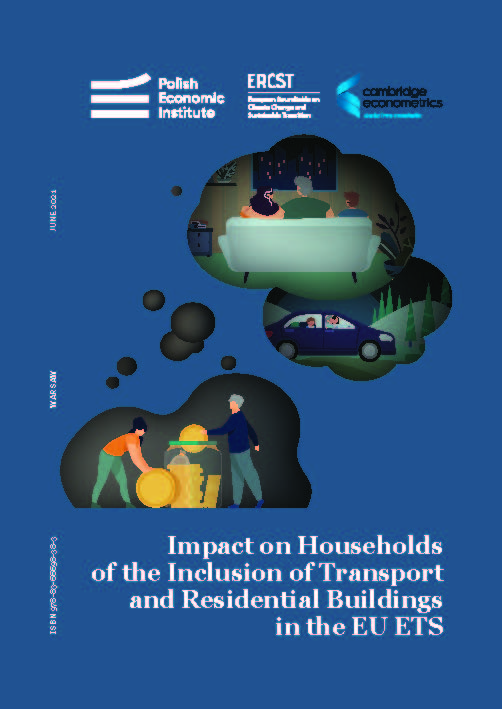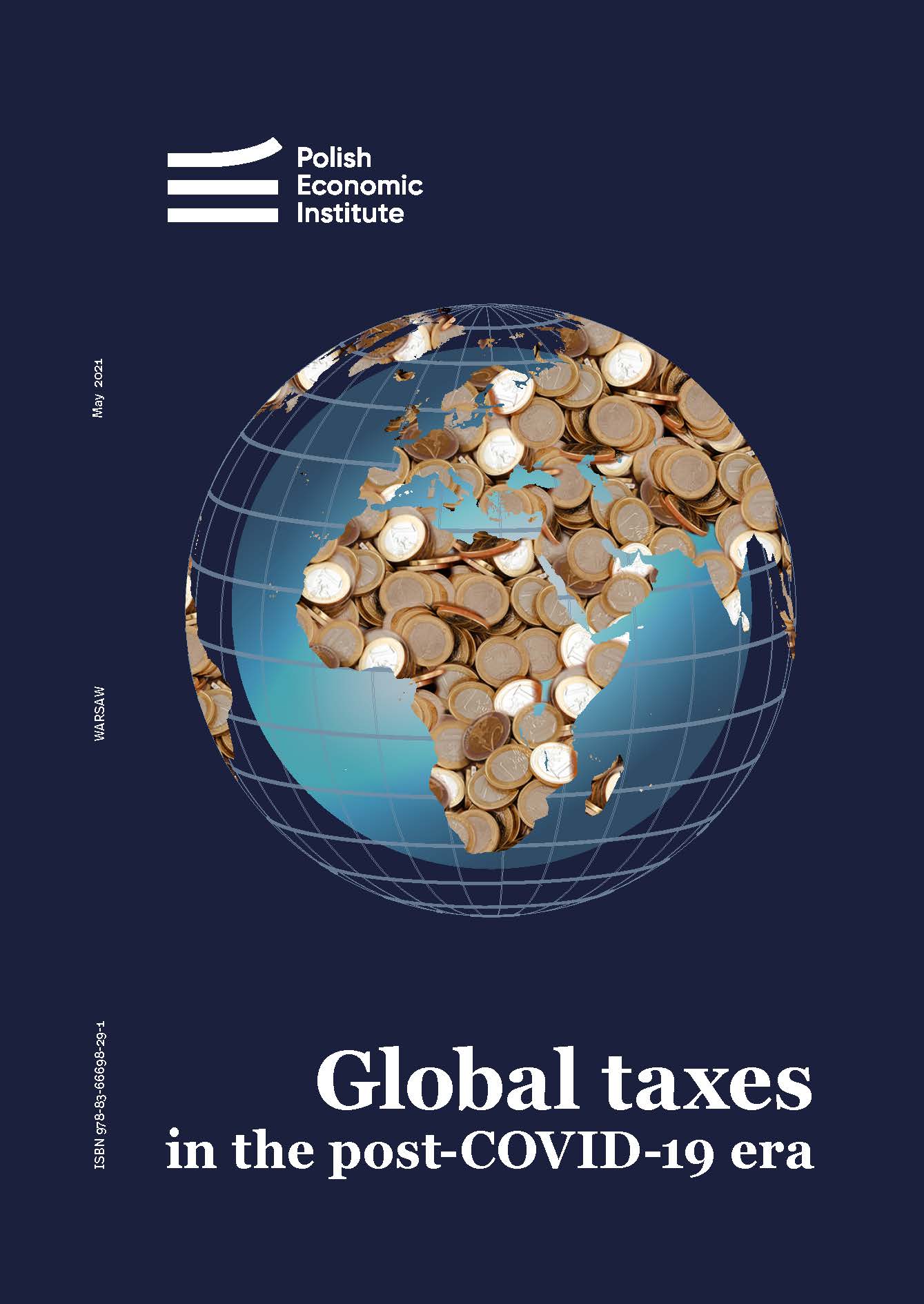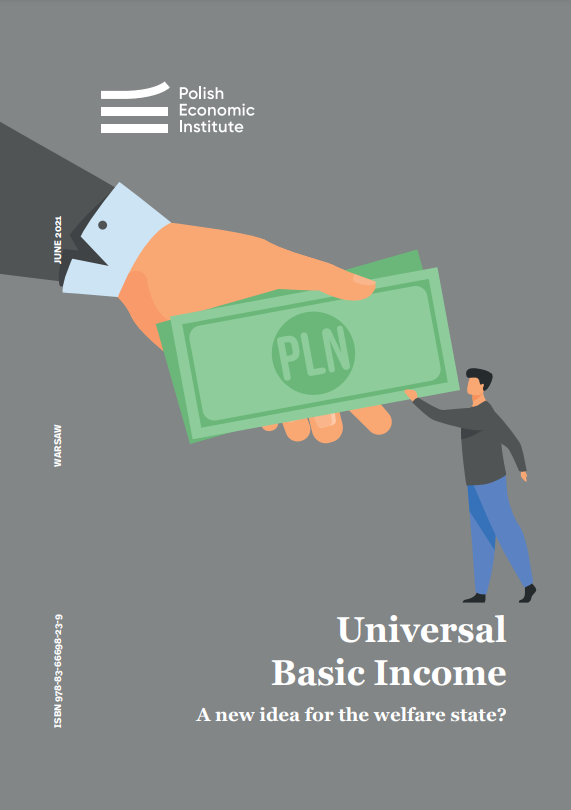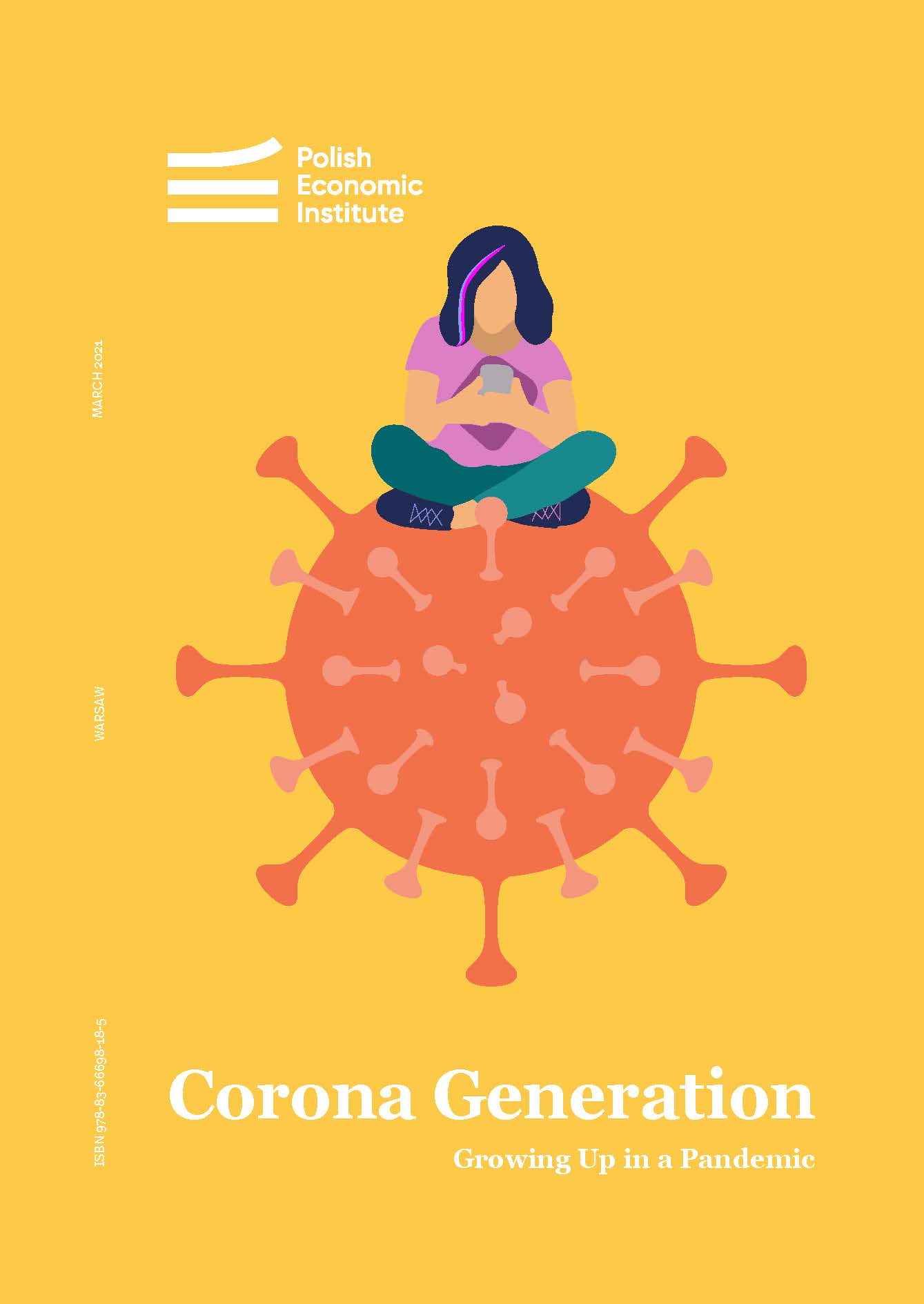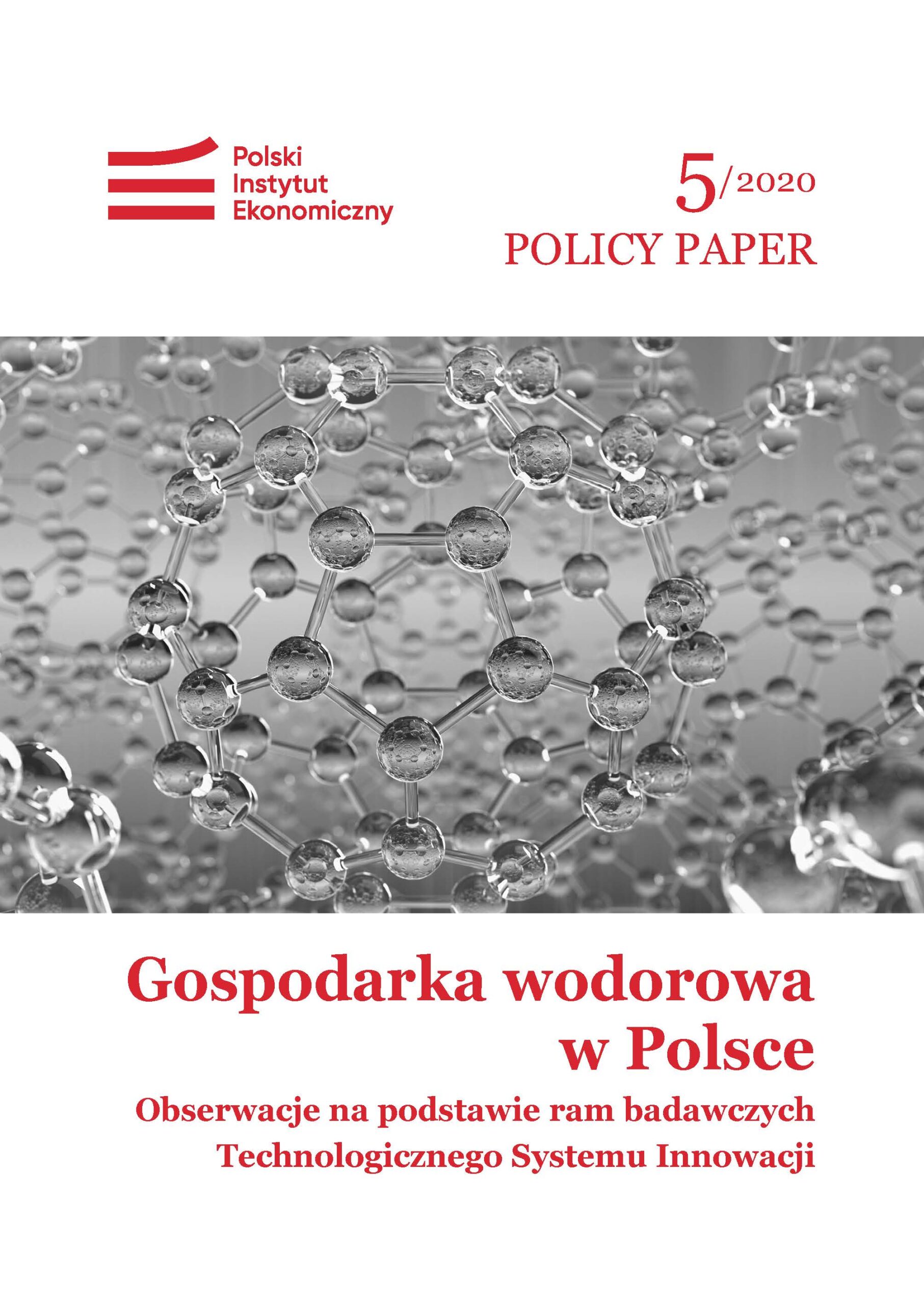The European Union will reduce CO2 emissions by 55 per cent compared to 1990, but no sooner than 2032. Due to accelerated decarbonisation, the first 10 countries will achieve climate neutrality by 2045.
At present, as many as 7 Member States of the EU have public debts exceeding 100 per cent, with the limit laid down in the Maastricht Treaty at 60 per cent. In the US, the scale of the Fed’s quantitative easing related to the pandemic has been as much as 57 per cent higher than during the financial crisis.
Although the volume of world trade in goods dropped by 5.5 per cent in 2020 against 2019, the demand for electronics soared and deliveries of computers went up by 13.1 per cent.
Spending on infrastructure makes up just 20 per cent of all public investment in EU countries. The remaining 80 per cent can be classified as investment in human capital – spending on citizens’ health and education
The potential annual carbon costs per household in the EU27 is estimated at EUR 373 for transport and EUR 429 for residential buildings.
Every year, global CIT revenues are as much as USD 240 billion lower due to profit shifting to tax havens.
Education, the labour market and mental health are three areas where the young generation will be hit the hardest by COVID-19.
The Visegrad Group was established on 15 February 1991. In 1991–2019, its GDP rose by 155 per cent. Between 1995 and 2019, the value of exports of goods went up more than 19 times, that of imports – 16 times, whereas fixed capital formation rose 3 times faster than in the EU-15.
Poland has only just begun to build a hydrogen economy. According to research conducted by the Polish Economic Institute, 67 per cent of industry experts consider the current legislation to be a barrier to its development.


